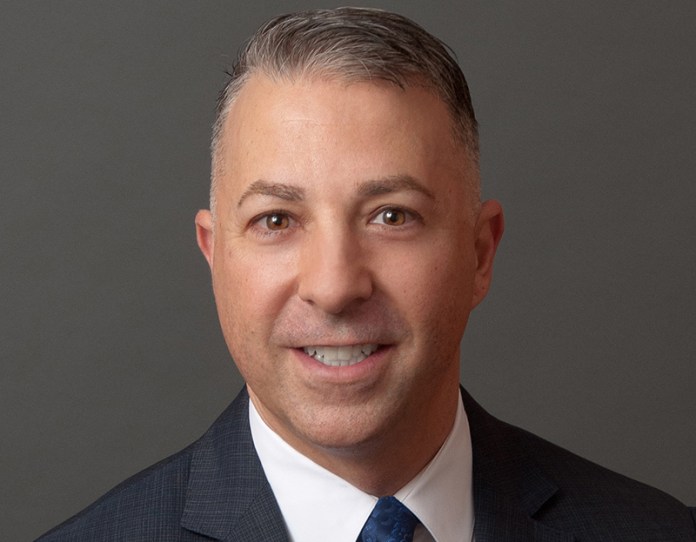Net Lease Health Care’s Positive Prognosis
Medical real estate was in good standing at the end of 2020 despite the best efforts of COVID-19, according to Ben Reinberg of Alliance Consolidated Group of Companies.

It’s every investor’s dream: A low-risk opportunity that not only returns steady dividends but also has increasing profitability on the horizon. There’s no need to wake up, however, as that dream is made real in net-leased medical real estate.
Prior to the pandemic, health-care properties were already in high demand. For one thing, the years-long retailization trend boosted provider appetite for off-campus space. As health systems big and small continue to move services to lower-cost outpatient settings, there has been incredible competition for real estate in locations close to where people live and work.
All of this has come at a time when an aging population is driving up demand for healthcare services. Due in part to the approximately 10,000 baby boomers turning 65 each day, global health spending is expected to rise between 2020 and 2024 at a 3.9 percent compound annual growth rate, according to a recent analysis from Deloitte. This is a much brisker rate of expansion than the 2.8 percent recorded between 2015 and 2019.
That was before the pandemic. Surely, one might think, the unparalleled market turbulence we’ve seen over the last 18 months has caused some uncertainty? For the most part, no, it hasn’t, and providers are just as hungry as ever for well-located medical office buildings.
According to a recent health-care marketplace report from Colliers, medical real estate was in good standing at the end of 2020, despite the best efforts of COVID-19. Demand for medical office space was particularly strong, with 15.3 million square feet of net absorption in the nation’s top 50 metropolitan areas, against 13.7 million square feet of new deliveries.
And while that report shows both vacancy and sales trending in the wrong directions, the health-care sector fared much better than other asset classes. The year-over-year rise of MOB vacancy from 7.8 percent to 8.6 percent isn’t so bad when one considers the overall office sector vacancy rate stood at 13.2 percent at the end of 2020. The $11.1 billion MOB sales volume last year represented a 12.2 percent year-over-year decline. As the sales volume for commercial real estate overall fell by nearly a third during that span, however, it’s clear that health-care real estate remains on stable footing.
At Alliance, we made the decision 15 years ago to focus exclusively on net-leased medical real estate. Why? A simple two-part equation: Net lease plus health-care equals results. The last decade and a half have shown us—and our investors—how well net-leased medical assets perform.
The very nature of net lease means it is a quasi-passive investment. While not totally hands-off, these properties for the most part allow one to sit back and let the rents roll in, especially when those checks are coming from creditworthy, low-risk tenants.
Furthermore, rent increases for health-care space remain ever constant, regardless of outside conditions. Even amid the global pandemic, rent for triple-net-leased MOB space inched up to $20.95 per square foot by the end of 2020, according to Colliers. This 1.8 percent rent growth from year-end 2019 to the end of 2020 matches the increase that we saw across the country one year prior.
The COVID-19 pandemic brought the retail and hospitality sectors to a near-standstill and sowed doubt among office investors. But net-leased medical assets outperformed nearly all other asset classes. This wasn’t an aberration, but rather the natural result of years of upward momentum and growing demand.
Some private investors want stable, predictable income. Others want to capitalize on those segments predicted to see growth in the coming years. Net-leased medical real estate delivers on both counts.
Ben Reinberg is chief executive officer of Alliance Consolidated Group of Companies.







You must be logged in to post a comment.